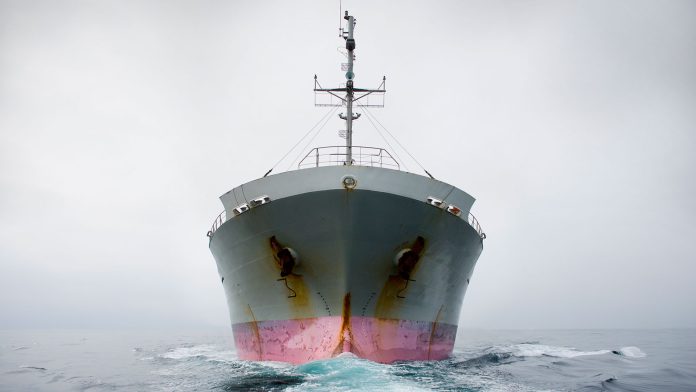The sea is finite. And it is full, or rather: oversaturated. Of heat, noise and Plastic. Where there is too much almost everywhere, there is also a lack: of oxygen, of intact habitats and of undisturbed breeding and spawning areas. The cause is the insatiability of human desire for the oceans.
We need healthy seas. Fish is one of the most important sources of protein for more than three billion people. The oceans are natural carbon sinks and absorb the majority of man-made global warming. Seagrass meadows and coral reefs provide a home for many creatures. At the same time, resilient and intact oceans are our greatest allies in overcoming the climate and biodiversity crisis and they secure income from tourism.
We need the sea for our economy. Almost nowhere is this discussed as frequently as when it comes to the expansion of offshore wind energy. A topic that unfortunately often serves as a source of populist debate. Marine protection and climate protection are often played off against each other in the debate. One thing is clear: we need the wind from the sea. Only a 100 percent renewable energy system can protect us from the devastating consequences of uncontrolled global warming, which not least harms the oceans.
Follow us on social media
Boundaries of the oceans
The line does not run between climate and ocean protection. It runs between industrial overuse and marine conservation. In the end, the question is: What can and must the oceans do, and where are borders urgently needed?
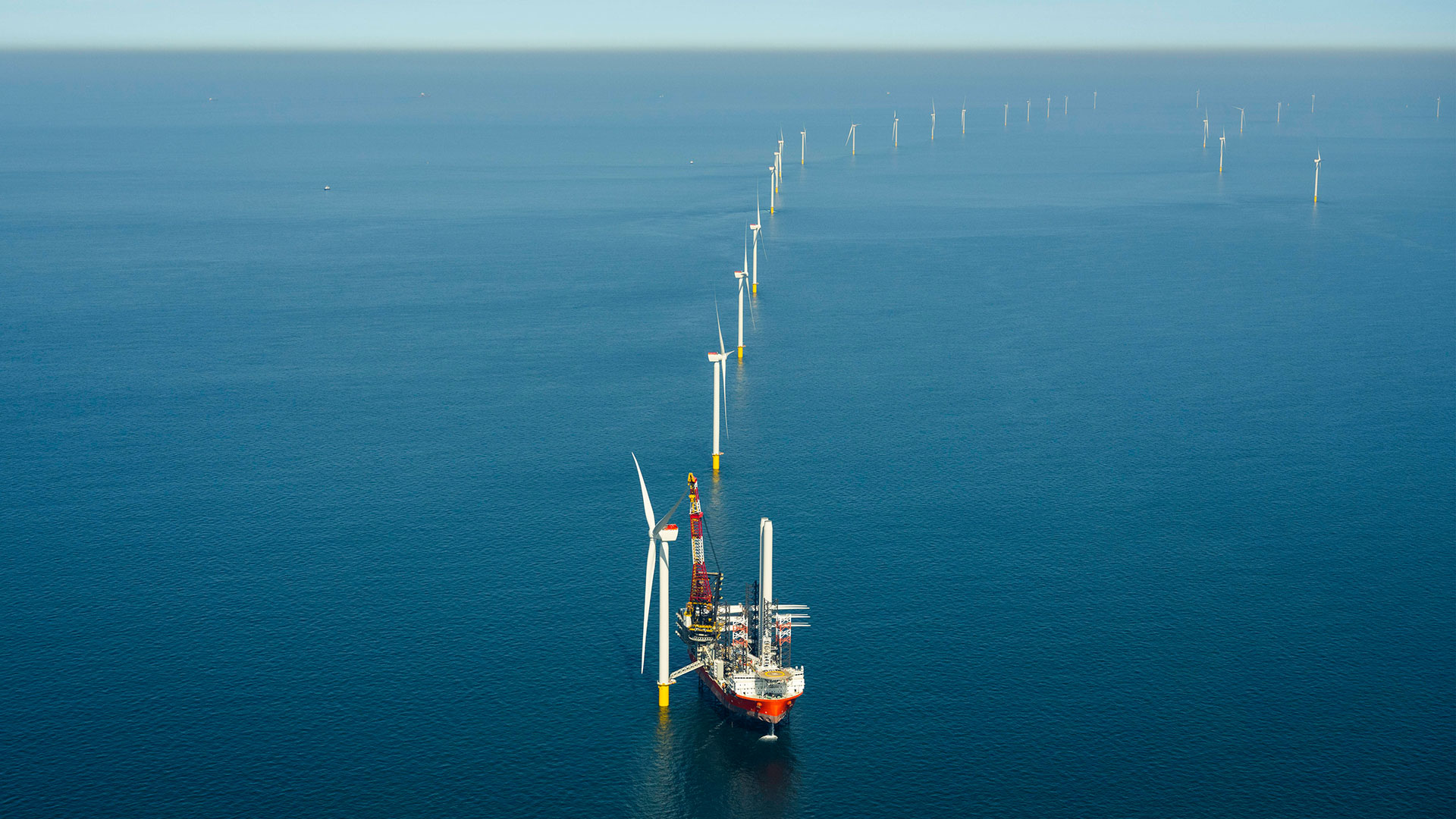
We cannot do without wind energy. The expansion is necessary, but not without ifs and buts. Strict environmental standards must be adhered to when planning and implementing wind farms. Designating acceleration areas without an environmental impact assessment, as the current amendment to the European Renewable Energy Directive stipulates, is a quick fix. It potentially harms the oceans and does not accelerate the energy transition. The expansion is not stalling due to environmental standards, but rather due to a lack of network connections and a lack of staff. Particularly sensitive areas such as protected areas must be excluded from industrial activities. The tender system is one of the linchpins for the nature-friendly expansion of offshore wind energy: We must use ambitious qualitative criteria to improve the protection of the seas and strengthen the intra-European wind energy industry.
Climate protection is marine protection
In other places we can and must reduce pressure on the oceans more. First of all, of course, with the CO2 input, which upsets the balance on land and in water. Consistent climate protection with the exit from fossil fuels, better energy efficiency, a sustainable financial system, and building and transport transitions ultimately also protect the oceans from acidification and overheating.
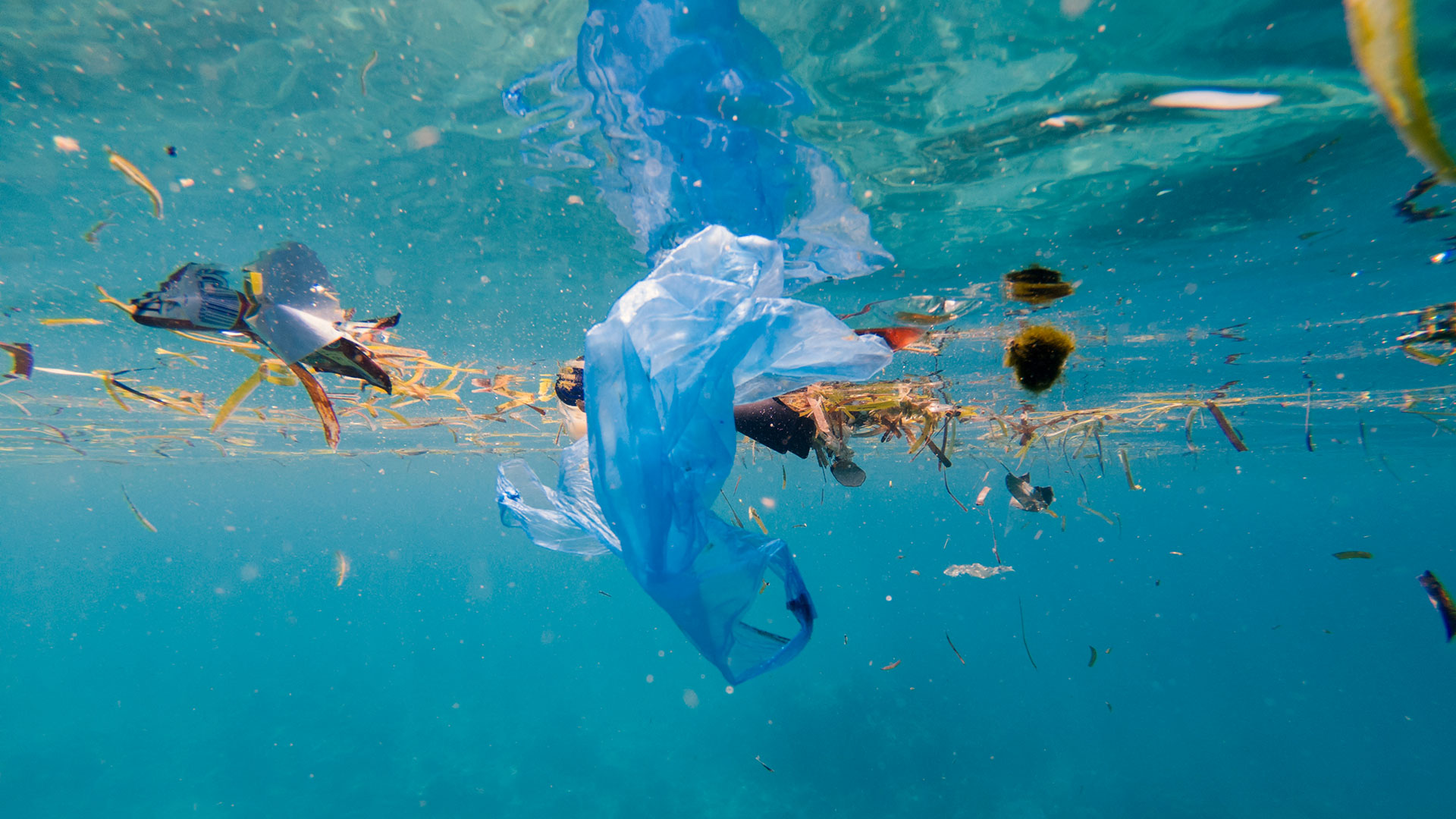
Keyword plastic: 4.8 to 12.7 million tons of plastic end up in the world's oceans every year. If things continue like this, almost every sea bird will have pieces of plastic in their stomachs by 2050. In addition to the animals, the economy suffers from the waste: in the Asia-Pacific region alone, the tourism industry incurs annual costs of $622 million. For every dollar that manufacturers invest in plastic production, governments and society must pay at least ten times as much to address the negative impacts. A report by… estimates the lifetime cost of plastic produced in 2019 WWF to $3.7 trillion.
What does it take? Overall, of course, much lower plastic production and then better recycling, better waste management. There is a lot of hope in the international treaty against plastic pollution that is currently being negotiated and is due to be passed by the end of the year.
Whales don't have earplugs
Keyword noise: Shipping in particular is responsible for enormous noise pollution in the oceans. The North Sea, for example, accounts for almost 25 percent of global ship movements. This makes it one of the most trafficked sea areas in the world. The porpoise, among others, suffers from this. It orientates itself by echolocation and is severely stressed by underwater noise. Using the example of an approaching fast ferry, Danish researchers were able to demonstrate that harbor porpoises dive to the bottom, stop echolocating and stop eating. In addition to shipping traffic, raw material extraction causes noise.
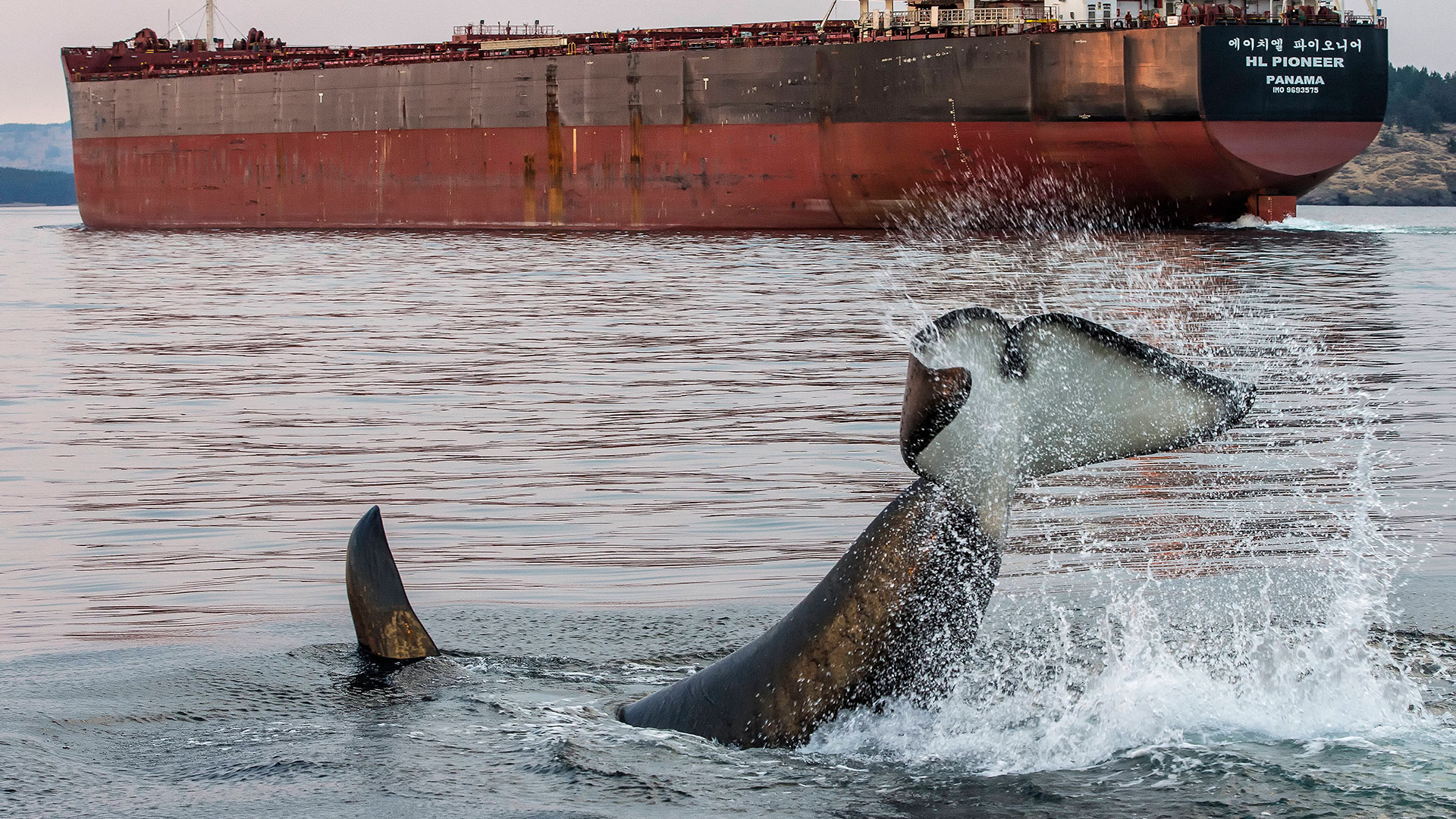
Which brings us to the next topic: resource extraction in the oceans. The global community decided to move away from fossil fuels at the climate conference in Dubai in 2023. This means: There must be no more mining of oil and gas. Drilling is a huge infrastructure intervention in the oceans that we can and must stop. And while we're talking about resources and raw materials: The deep-sea mining being discussed shouldn't even happen because it would likely have destructive effects. Instead, it is crucial to find alternative materials and to remember the three key keywords for a sustainable economy: reduce, reuse, recycle.
The end of fossils
And speaking of turning away from fossil fuels: the currently planned infrastructure for liquid gas, in short LNGis far too far-reaching. This puts a strain on the oceans and doesn't help the climate either, because it prolongs our dependence on gas. A consistent focus on renewable energies would prevent this.
The storage of data is also planned too far-reaching CO2 under the seabed, the so-called Carbon Capture and Storage (CCS). The government's Carbon Management Strategy opens the door to storing emissions from gas-fired power plants. This is highly risky for both the climate and the oceans. CCS extends the dependence on fossils, it shifts responsibility for safe storage to future generations and will be associated with massive infrastructure expansion and thus additional burdens. The technology can therefore be used for unavoidable residual emissions in industry. Ultimately, the question arises as to why only the seas should be used and not the land as well.
Sustainable fishing
And what about fishing? In 2022, more than 35 percent of commercially exploited fish stocks worldwide were considered overfished and 57 percent were considered to be maximally exploited. In the Mediterranean and Black Sea, 63.4 percent of stocks are classified as overfished.
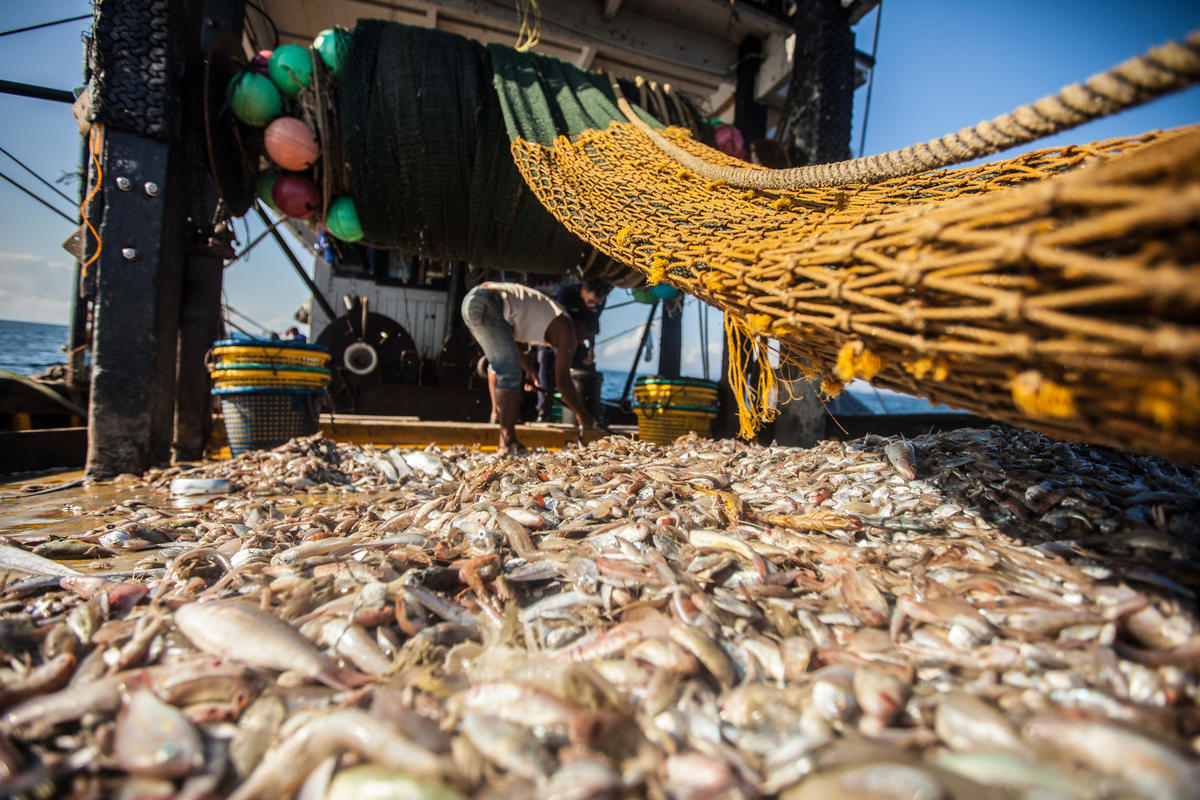
Better management is needed that both protects fish stocks better and gives fishermen long-term prospects. Fair agreements with third countries must promote environmentally friendly and sustainable fishing and protect the rights and needs of local populations. In addition, subsidies must no longer go towards overfishing.
Don't miss anything with the WWF newsletter!
Reducing harmful human interventions, from raw material extraction to waste storage, helps enable necessary interventions such as offshore wind farms.
Because our oceans are already in such bad shape, in addition to reducing pollution, massive efforts are needed to improve their condition, for example through significantly more effective protection and the recovery of lost habitats and natural CO2 sinks such as seagrass meadows. This is the only way we can preserve the vital functions of the oceans for us humans – and climate protection.
Ultimately, we need to ensure a network of protected areas that ensure marine biodiversity and resilience. Such a network also contributes to the global goal of placing at least 30 percent of all areas on land and at sea under special protection by 2030.
Follow us on social media:

